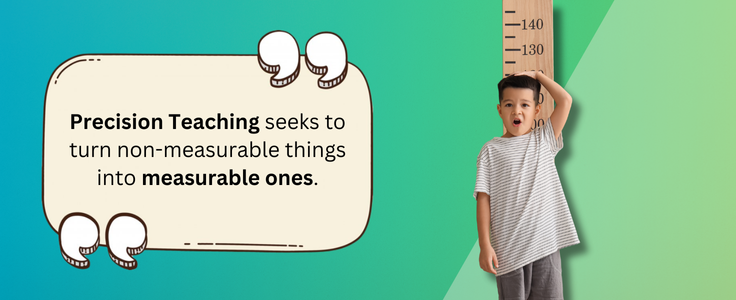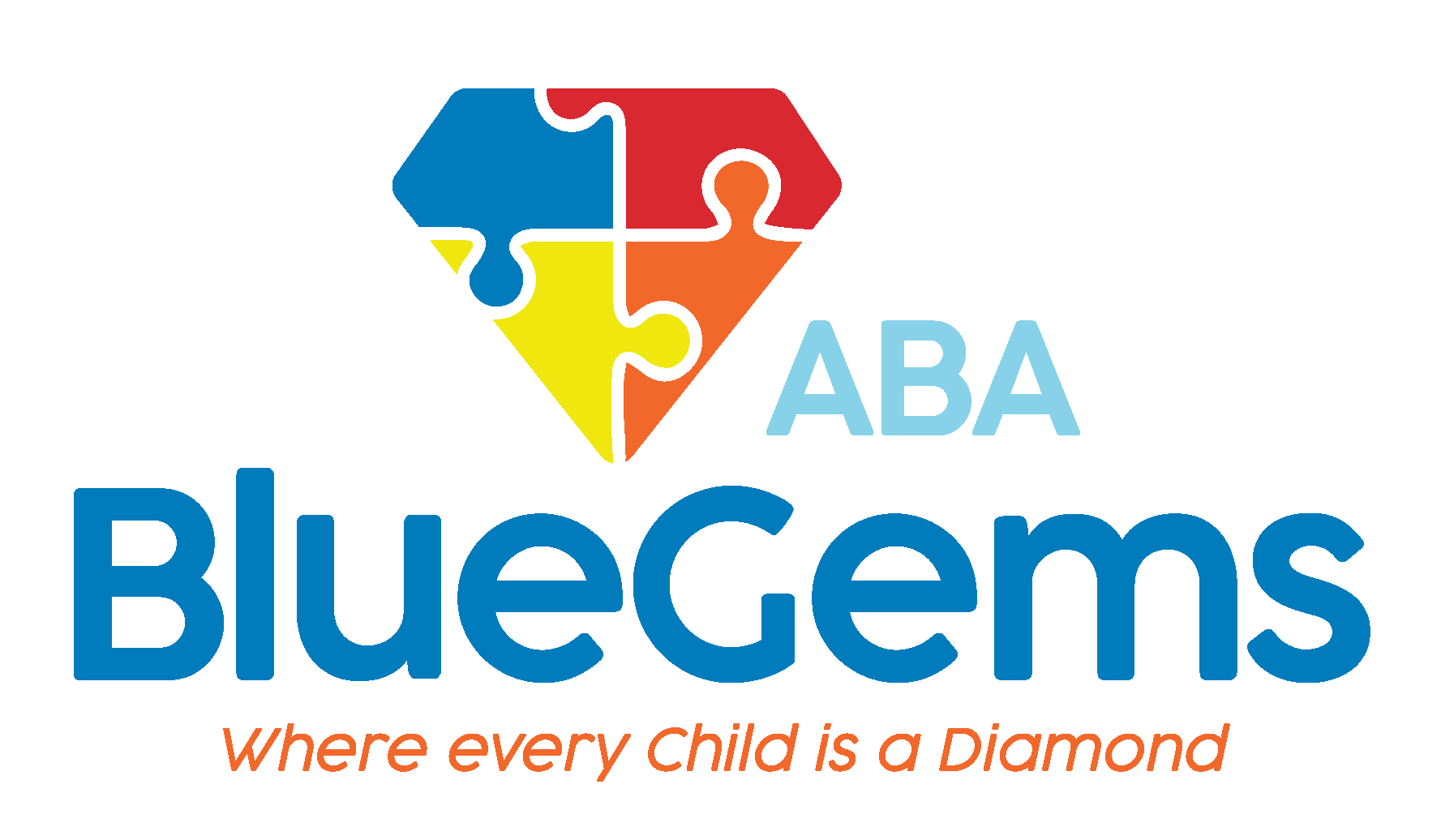Precision Teaching Examples
Applied behavior analysis (ABA therapy) takes a very systematic approach to supporting children with autism spectrum disorder (ASD). This fits right in with the fact that it is a science- and evidence-based approach to learning and behavior.
ABA therapy involves a lot of observation, planning, goal setting and data tracking, and it’s all done on an individual basis. That’s because no two children with autism are exactly alike, so no two ABA therapy plans can be exactly alike, either.
The ultimate goal of ABA therapy is to help children build their communication and social interaction skills, modify certain behaviors, manage their emotions and live a happy, healthy and independent life. To do this, therapists integrate many different strategies.
One strategy is known as Precision Teaching. This system allows therapists to measure certain behaviors that children are exhibiting based on their frequency and fluency — in other words, how often they’re exhibiting these behaviors and how they’re able to master these skills.
This process of measuring behaviors or skills that are taught based on how many times the child attempted the behavior and whether or not they do so successfully then allows therapists to chart out the results and interpret whether the child is making good progress.
Precision Teaching is an important aspect of ABA therapy. Below, we’ll provide a brief explanation on how it works, as well as some examples of how it’s used.
Table Of Contents
How and What Does Precision Teaching Track?
Precision Teaching seeks to turn non-measurable things into measurable ones. It’s difficult for ABA therapists to track the steps it takes for a child to learn how to eat less messy, for example, unless they can break the steps down into tasks that can be measurable.

Doing this allows therapists to be able to collect and track data as it relates to learning the skill of brushing teeth so that they can measure the child’s progress toward achieving the goal.
In essence, Precision Teaching allows therapists to measure whether a child is maintaining new skills they learn, whether they can apply those skills to other scenarios, whether they can perform them repeatedly over time, and whether they can perform them even when there are distractions.
What are Some Examples of Precision Teaching in ABA Therapy?
Teaching a child how to eat less messy is a great example of how Precision Teaching is used in ABA therapy. The therapist will break down the steps of achieving this ultimate goal so that each can be measured.
The first in this case might be learning how to pick up a fork or spoon. Once the child has mastered that skills, they can learn how to pick up food using the utensil.
Then, the next step might be bringing the utensil with the food on it to their mouth. The child will then need to learn how to put the food into their mouth, taking it off the utensil and chewing it.
Finally, they must learn how to repeat the process from start to finish.
Here are some other examples of how Precision Teaching might be used in ABA therapy …
- Initiating conversations: Initiating conversations with others, and getting more comfortable with social interactions in general, is a big goal of ABA therapy. Precision Teaching can be used to teach this skill. If the ultimate goal is to initiate conversations, the individual measurable steps could be establishing eye contact with others, asking them questions once you have their attention and then responding in an appropriate way based on what they said.
- Reading: Children can improve their reading skills through Precision Teaching methods. There are multiple components to reading, including recognizing how the sounds of letters, understanding how they string together, identifying common words and then reading accuracy, comprehension and speed.
- Self-Care: Precision Teaching can also be used to help children with autism master self-care, such as how to brush their teeth, dress themselves or go to the bathroom. Each of these big end goals can be broken down into individual steps the therapist can measure, and then help the children work on based on the results.
Examples of Precision Teaching in ABA Therapy
| Example | Steps |
|---|---|
| Eating Less Messy | Picking up a utensil → Picking up food → Bringing food to mouth → Eating food → Repeating process |
| Initiating Conversations | Establishing eye contact → Asking a question → Responding appropriately |
| Reading Skills | Recognizing letter sounds → Understanding combinations → Identifying words → Improving accuracy, comprehension, and speed |
| Self-Care Skills | Brushing teeth → Dressing → Using the bathroom independently |
Blue Gems ABA Uses Precision Teaching to Help Children with ASD Learn
Precision Teaching is just one of the strategies that we use at Blue Gems ABA to help children with autism learn and build the skills they need to live independently. We use its principles to break big goals down into measurable steps, which allows our therapists to help support their patients as best as possible.
This all fits into our belief that ABA therapy is the best treatment plan for children on the autism spectrum. That’s why we craft personalized treatment plans for each patient we see, based on their individual strengths and challenges.
To learn more, please contact us today.




